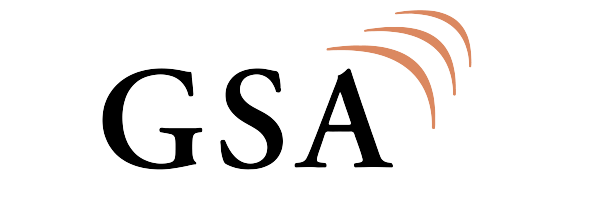-
Spectrum - mmWave bands for 5G – India: October 2020
-
-

mmWave bands for 5G – India: October 2020
GSA has developed this technical report to help administrations implement 5G in mmWave spectrum bands to meet their national connectivity goals. This report includes the aspects of national spectrum requirement, potential use-cases and implementation feasibility for co-existence of 5G and satellite services in mmWave spectrum bands. This technical report can be interpolated for any administration and are aligned with Resolution 242 (WRC-19). The report focuses primarily in the 26 GHz and 28 GHz bands where the ecosystem is growing rapidly with deployments happening globally. (Please see GSA October 2020 reports on 5G ecosystem and deployments at https://gsacom.com/paper/5g-devices-ecosystem-september-2020-global-update/ and https://gsacom.com/paper/mmwave-bands-global-licensing-and-usage-for-5g/).
This GSA report focusses on implementation of 5G in India considering the vision and targets set by the its National Digital Communication Policy (NDCP-2018) and 5G High Level Forum (5G HLF).
Estimate of the spectrum requirements for 5G services, is based on the traffic growth observed in the existing 4G networks, population density across major cities and growing data demand in India.
The technical co-existence study in the report is based on the parameters of various satellite services (both existing and planned) deployed in these mmWave spectrum bands in India.This GSA study shows that metro cities like Delhi and Mumbai will require excess of 6 GHz spectrum in 26 GHz-28 GHz while tier-1/2 cities will require up to 4GHz of spectrum in 26 GHz-28 GHz to cater for the traffic demand with desired quality of services associated with 5G services.
The report highlights the potential use-cases are drivers for the 5G using mmWaves in India. Many of these use-cases are already being deployed by leading global operators and will also fuel India’s growth in the emerging digital ecosystem. This study paper highlights the relevant decisions of WRC-19 for the usage of 5G in 26 GHz band. The ITU-R WRC-19 has recommendations to administrations to guide implementation of 5G along with various other services in the 26 GHz band. The study has considered parameters of the operational (and futuristic) satellite services in India, for the co-existence scenarios to provide realistic protection measures needed in usage of the 26 GHz & 28 GHz spectrum bands.
The study results show that the co-existence is feasible and implementable at National level. The study shows that by imposing a separation distance of 1km on the deployments of 5G stations around the earth-station, the interference to earth-station from 5G can be reduced sufficiently. Also, the interference from 5G systems on ground towards the space station remains much below tolerable noise level (interference levels). This ensures full protection to space station receivers and the inter-satellite links without any need of additional restrictions on the 5G base stations (except for the EESS protection as recommended in ITU-R Resolution 750 (WRC-19). Based on the study results, GSA recommends that India should announce its time-plan for 5G mmWave implementation as soon as possible to give visibility to stakeholders and future plans of operators and vertical industry relying on mmWave spectrum bands.
For 5G implementation, GSA concludes from this report –
1) Consider both 26 GHz and 28 GHz bands for national 5G implementation plans to meet the capacity requirements.
2) Follow globally harmonized band allocation and associated technical conditions in mmWave bands identified by 3GPP.
3) Co-existence is feasible for all scenarios between 5G and satellite services.
4) Expedite process of incorporating 26 GHz and 28 GHz into national adoption process e.g. NFAP.©GSA 2020

mmWave bands for 5G – India: October 2020
-
Related Reports
-
 Read more
Read more5G & LTE in Unlicensed Spectrum: August 2020
MEMBER REPORT: 5G & LTE in Unlicensed Spectrum. GSA Member Report Introduction The use of unlicensed spectrum for delivery of LTE services is developing steadily, and following the completion of the latest release by 3GPP, looks set to begin in the context of 5G networks too. A total of 42 operators around the world have been catalogued as investing in one or more of the various unlicensed spectrum approaches (LAA, LTE-U, LWA or LWIP) technologies in the form of trials, pilots, deployments and launches. While development of the technology ecosystems around LTE-U and LWA have… -
-
 Read more
Read more5G Devices October 2020: Global Update
5G Devices October 2020 – A full list of devices is contained in the Member report. Key facts Last month,…
-
-
 Read more
Read more5G Spectrum September 2020 – Snapshot
5G Spectrum September 2020 Snapshot is the latest update to 5G spectrum contained in the GSA GAMBoD database. 207 OPERATORS…
-